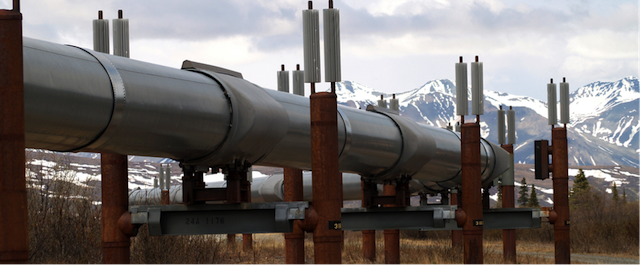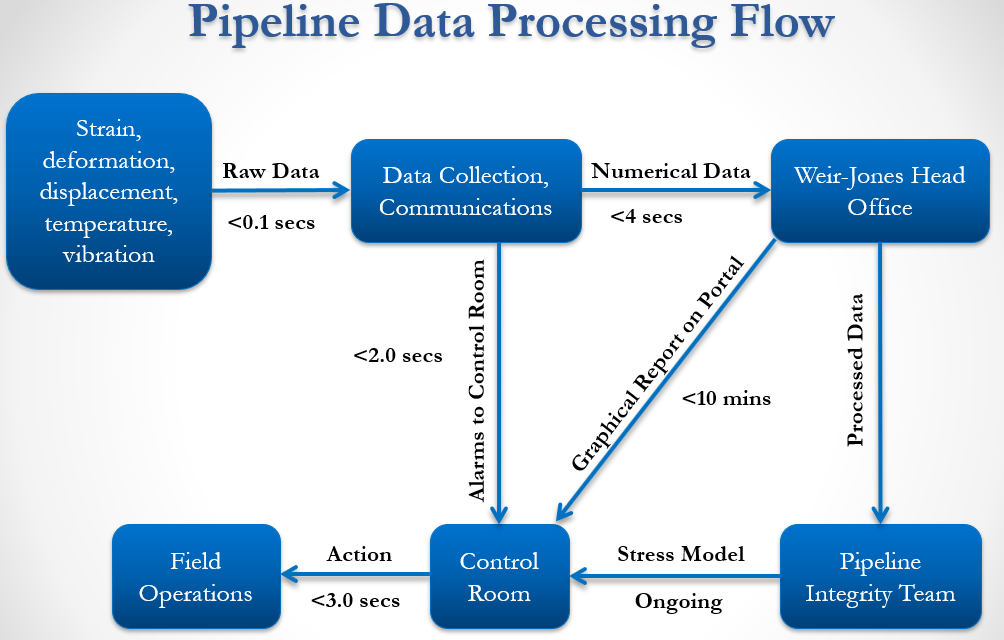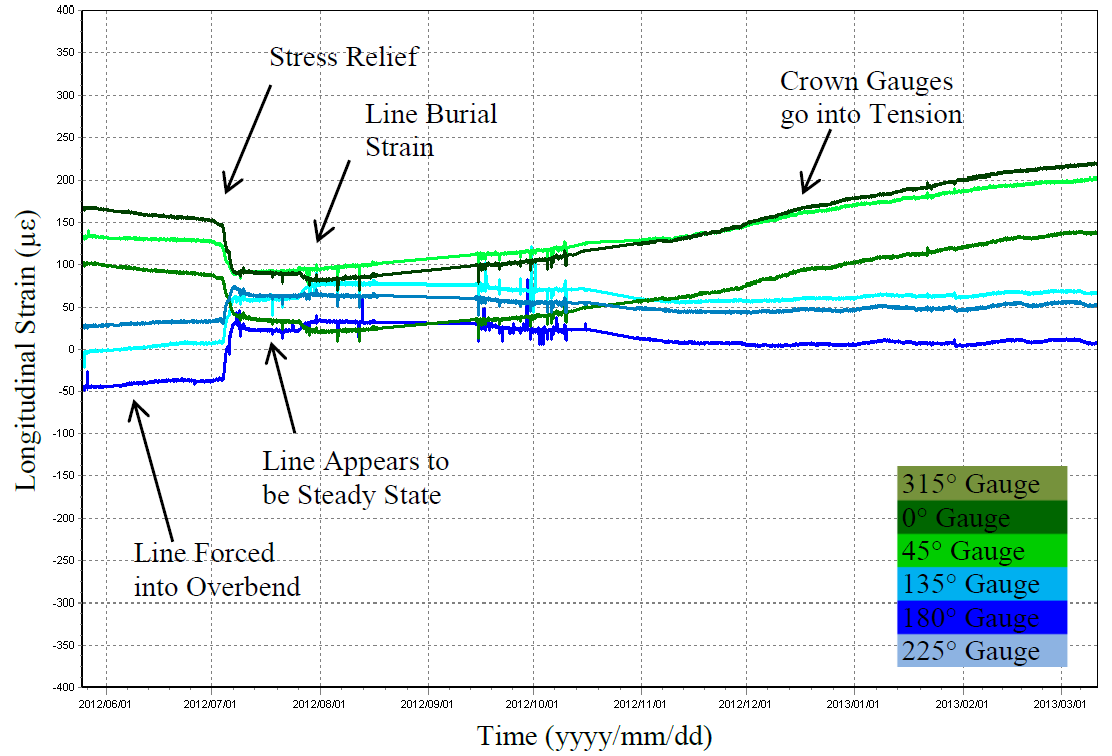
 MONITORING SOLUTIONS / PIPELINE INTEGRITY MONITORING
MONITORING SOLUTIONS / PIPELINE INTEGRITY MONITORING
Pipeline Strain Monitoring

Monitoring Pipeline Movement
Pipelines, in many parts of the world, cross unconsolidated deposits. This unstable material may be weak and water bearing. Structural integrity problems are particularly serious where river crossings are involved due to the undercutting effect on slope by continuous hydraulic erosion and in regions subject to seismic risk and the resultant slope instability. The downslope soil movement causes the development of tension and compression traction forces on the upper and lower pipeline sections.
Weir-Jones Engineering Consultants are able to implement various types of strain monitoring systems, which provide a comprehensive real-time picture of the pipeline’s state-of-health. These systems enable pipeline operators to detect even the slightest deformation of a pipe caused by the movement of the surrounding soil. With this valuable data in hand, pipeline operators are able to minimize the risk of events spiraling out of control. This ensures that appropriate responses can be developed in a timely manner.

Weir-Jones, through their 40+ years of pipeline strain monitoring, has constantly evaluated new, emerging technologies and then refined the implementation of these to meet the specific requirements of the end user. Currently, there are three primary technologies that Weir-Jones supports and is actively installing.
- Discrete Resistance Type Foil Sensing
- Quasi-Distributed Fibre Optic Sensing (FBG)
- Fully Distributed Fibre Optic Sensing (Brillouin)
Once the data is analysed for validity and interpreted. A simple example of how this data is interpreted are shown below.

Over-bend Stress– Longitudinal Strain Reduction in Line Pipe by Repositioning Uphill